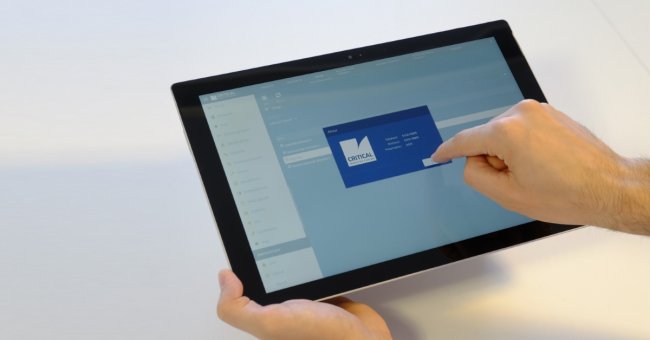MES applications will be used by a variety of users right from shop-floor operators to personnel deployed at all levels of the organization.
Now, for the top management or C-suite of the company, the MES application needs to be compliant with the organizational strategy and high level objectives. User experience and the ability of the MES application to enhance productivity of its users should also be considered extremely important when an MES is being selected. The questions that should be asked by any future user are:
- How does the application look?
- Does it help its users or does it have them do all the work?
- Does the application allow them to configure screens and select specific areas of operation?
- Does the application allow them to filter relevant reports, or have visibility of the parts of plant operation they want to view?
In the age of smart manufacturing where process automation and other ground breaking tech is changing the way manufacturing is performed, an MES application which frustrates the users due to its inability to adapt to their requirements can be a major impediment in both future progress and the ability of personnel to engage and perform at their very best.
The new age MES applications need to be more than user friendly
They need to be user-made or user-configured. Basically the user should be able to configure which elements/facets of the operation, area, task or function, they want to access and how, on top of that this should be possible without any coding whatsoever.
Configurability directly impacts the convenience with which a user interfaces with the application and is able to perform necessary tasks, in a manner most suited to their needs and this has a direct impact on the efficiency of both the individual using the application and the entire process itself.
The graphical interface should also be an intelligent one, meaning data that can be collected from the process itself and verified without user authentication should happen automatically. Smart applications should actually be smart enough to verify data and process it, thereby providing users meaningful and actionable information, which saves time and reduces unnecessary user effort.
Intelligent GUIs would be able to recognize the users and provide customized dash boards with requisite information displayed in real-time, across devices ranging from laptops, desktops to I-pads and through Google glasses. The ability of the application to manifest itself on a range of devices proves the capability of its programmers and from a user perspective allows full engagement with the process at their convenience in an intelligent and adapting manner.
Modern MES GUI should be intuitive, allowing users to access information based on the operational flow. Intuitive applications would have user interfaces that interact with the user, rather than ones that just act as vehicles which carry commands.
The MES application should govern the entire plant/s operation and integrate with other IT applications both at higher and lower levels, therefore individual users should be able to choose specific functionality based on their job requirement and then be able to configure the GUI in a way that best suits their operational need. This kind of intuitive, intelligent, configurable and convenient GUI, is the most desirable for manufacturing companies

